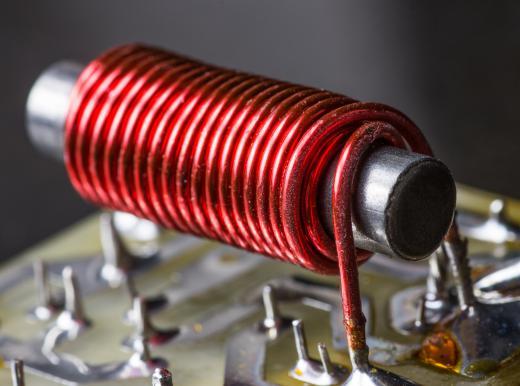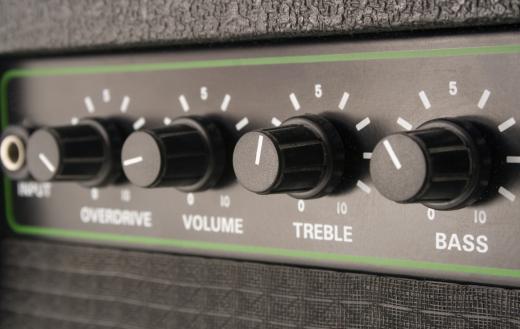An electromagnetic coil is a device comprising two distinct elements: a conductor and a core. The conductor is most commonly made from solid copper wire, which is wrapped around a solid metal core. Each time the wire is looped around the core, it is called a turn. Multiple turns are considered to be a coil.
The most common use of an electromagnetic coil is that of an inductor that stores energy within its magnetic field. Considered a passive electrical component, an inductor has no gain and cannot control the directional flow of the energy. The way an inductor harnesses energy is by the electric current passing through its body.

This reaction is due to Faraday's law of induction, which states that “the induced electromotive force or EMF within a closed circuit is equal to the time rate of change of the magnetic flux through the circuit.” As one of the basic components of electronics, inductors delay and reshape alternating currents. The magnetic energy in an electromagnetic coil is measured in units of henries, named after Joseph Henry, an American inventor.

In order to function within a circuit, electromagnetic coils need to have terminals connected to the wire. These terminals are called taps. Taps are generally either coated in varnish or wrapped in a form of insulation tape. This helps keep the electricity from escaping the electromagnetic coil and also secures them in place. The electromagnetic coil with taps at either end is called a winding.

When two electromagnetic coils are placed together, it is called a transformer. This provides the ability to transfer energy between two electrical circuits through magnetic coupling. Essentially, electricity can be transferred from circuit to circuit without the use of moving parts. When a third electromagnetic coil is placed in proximity to the transformer, energy can be further transferred. This third coil is called a tickler coil.
One of the most prevalent uses for electromagnetic coils outside of inductors and transformers is the magnetic pickup in musical instruments such as electric guitars. Small cores with permanent magnetism are wrapped in a few thousand turns of fine copper wire. Metal strings with slight magnetism are vibrated near the coils creating magnetic flux which, in turn, creates an alternating current through the wire. This signal is carried through a cable and amplified in a speaker unit or recorded.
